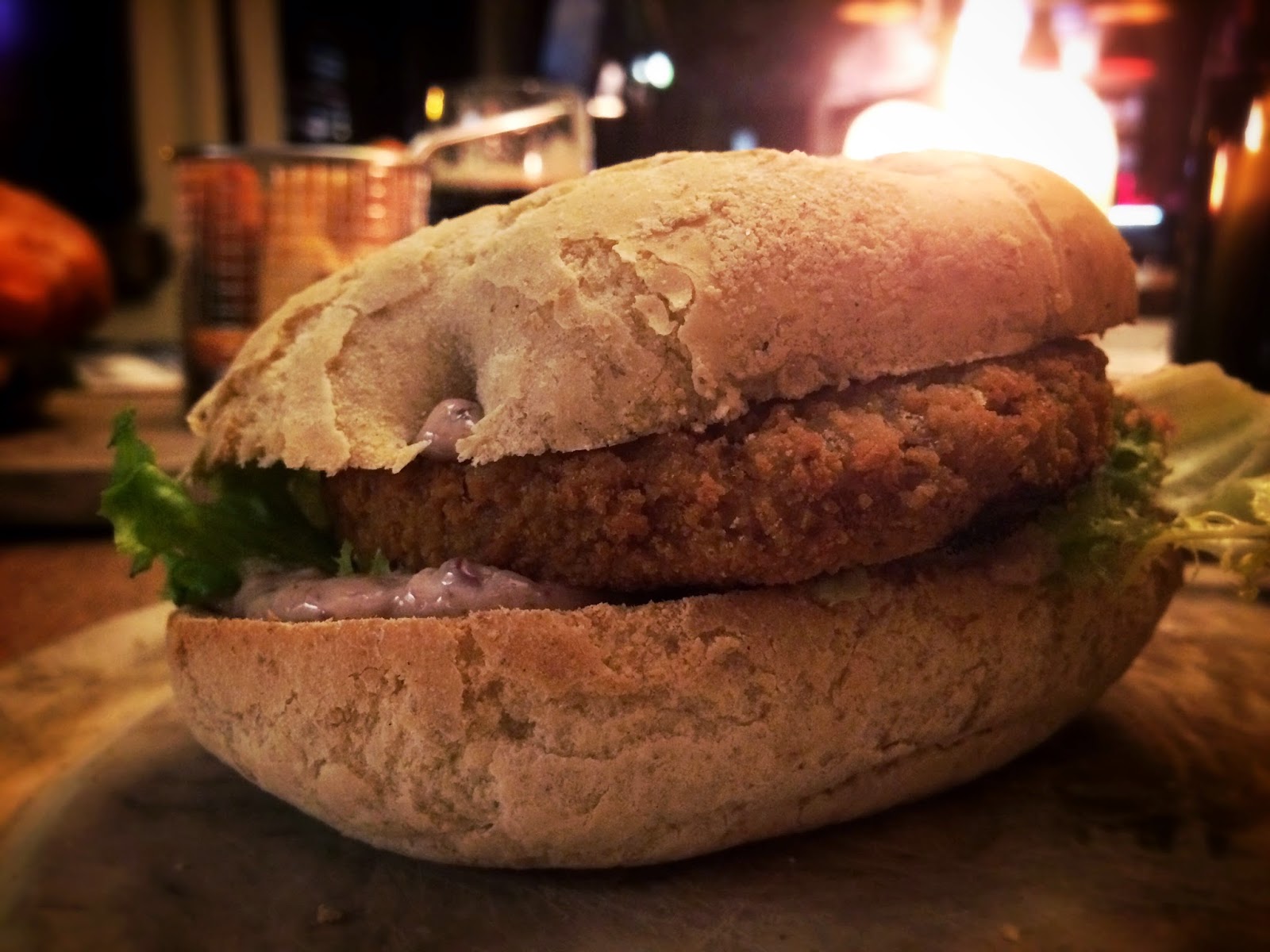A day in the life of an HFIer!
I have been targeting my last few posts and recipes towards an almost exclusive group of people: HFIers (read more about my story here!). Although technically, anyone can greatly benefit from a low-fructose approach to life. This is why I thought I would write a post for absolutely everyone; whether you are an HFIer or not, feel free to compare your daily eating habits to mine, I’d love to know! All the products mentioned have links, so you can get them, if you wish.
I spent almost a year trying to determine what my body needs rather than giving into meaningless cravings. I want to feel satisfied and happy with my food choices, not guilty or accidentally sugared (it happens to the most experienced of us. They are often related to snack foods in my case. Cheese crackers anyone?). Although living with a dietary restriction is difficult when you are out, it doesn’t have to be when you are in. If you know exactly what you are feeding your body, it is much easier to rule out what doesn't work for you.
My daily meals are far from repetitive, but I go through various phases throughout the year. Sometimes, I veer towards high-carb, low-fat meals, sometimes high-fat, low-carb, sometimes high-protein. It really depends. It’s the second year I’ve gone through a vegan mindset at the beginning of the spring, but as I am sure you are aware, restricting vegetables, fruit and even some starches on an HFI diet is already challenging, let alone on an HFI vegan diet. But it’s great fun! I find meal planning such a calming task, it sets you up for the week and, most importantly, sets you up for success.
I like simplicity in my products, but complexity in the appearance of my meals. A sky-high salad is ideal in my opinion; it’s balanced and adaptable, especially if you use fresh produce and homemade toppings. I rarely eat packaged food; I am always sceptical of mile-long ingredient labels. I would rather make my own pre-packed lunch from scratch, for half the price and twice the flavour. Not to mention the macronutrients and nutritional composition!
I had my breakfast after a medium-intensity routine of pilates and yoga; I exercise almost every day, a combination of pilates, yoga and indoor cardio works very well for me, along with outdoor running in the summer. Since the weather is finally improving, I’ve transitioned my breakfast from cooked oats to a lighter, more flavourful option. Today, I had smashed avocado and sliced radishes on a slice of seeded bloomer, topped with rocket and black pepper. I also had some water and a cup of black coffee, along with my vitamin C, folic acid and biotin tablets.
I like green tea, coffee, black tea and water, and those are all I drink on a typical day. Sometimes my water is sparkling, I find that it adds a bit of dimension to the list of authorised drinks us HFIers are given. It feels a little bit special, for some reason!
I like snacks a lot. Today, I had a little plain Greek yoghurt with organic brown rice puffs from Rude Health and a teaspoon of pumpkin seed butter whilst I was reading M&S’s free Italian recipe flyer.
Lunch is when I get to be creative again! I love rice bowls and open-faced sandwiches as much as I like quiche or grilled chicken, so literally anything could land on my plate. Today, I had a bowl of pasta, which isn’t uncommon! I found that Tesco’s freefrom spaghetti, which is made from rice and maize flour, contains less sugar than Barilla’s pasta (0.5 grams per 100 as opposed to 3.5 grams per 100). Although I prefer the taste of whole-wheat pasta, I try to stay away from it as the sugar content is somewhat higher. Doves Farm brown rice pasta is great, too, at 0.5 grams per 100. I made a light avocado and basil pesto with plenty of lemon juice and black pepper. I sprinkled a few flaked almonds on the top for effect and ate the entire bowl with chopsticks.
I had a kallo corncake later on, to keep me going until dinner. I prefer them to rice cakes, they have a buttery consistency which is much more pleasant and satisfying!
Dinner turned out to be out, today, which is great as I can show you what I order when that is the case! This is a mixed spiced bean burger with pesto mayonnaise and a basket of chunky chips. I am not a fan of chain-made burgers, I don’t like Nando’s burgers, Byron’s burgers or even fast-food burgers. The meat is often full of fat, the bun full of sugar, and the chips full of grease. I’d rather have a homemade one, for half the calories and sugar, and twice the satisfaction. But when a really good burger comes along, I’m loyal to it. Being halfway through The China Study, I am attempting a meat-free and mostly dairy-free diet, with some leniency when eating out. This burger is meatless, but it is most likely made with eggs, and the mayonnaise with dairy. I asked for the traditional brioche bun to be replaced with the focaccia bun on their menu, which contains no sugar. The chips are flash-fried and finished in the oven. The whole ensemble is absolutely delicious, although a little bit naughty!
I had a cup of herbal tea when I got home and that’s it! If I have a lighter dinner, I might have a refreshing bowl of yoghurt as a dessert, but most of the time, I don’t need it.
That’s my day of eatses on a low-fructose diet! It’s a lot easier than you might think, and keeps me full and happy every day of the week, wherever I am!
Happy eating, HFIers!
























